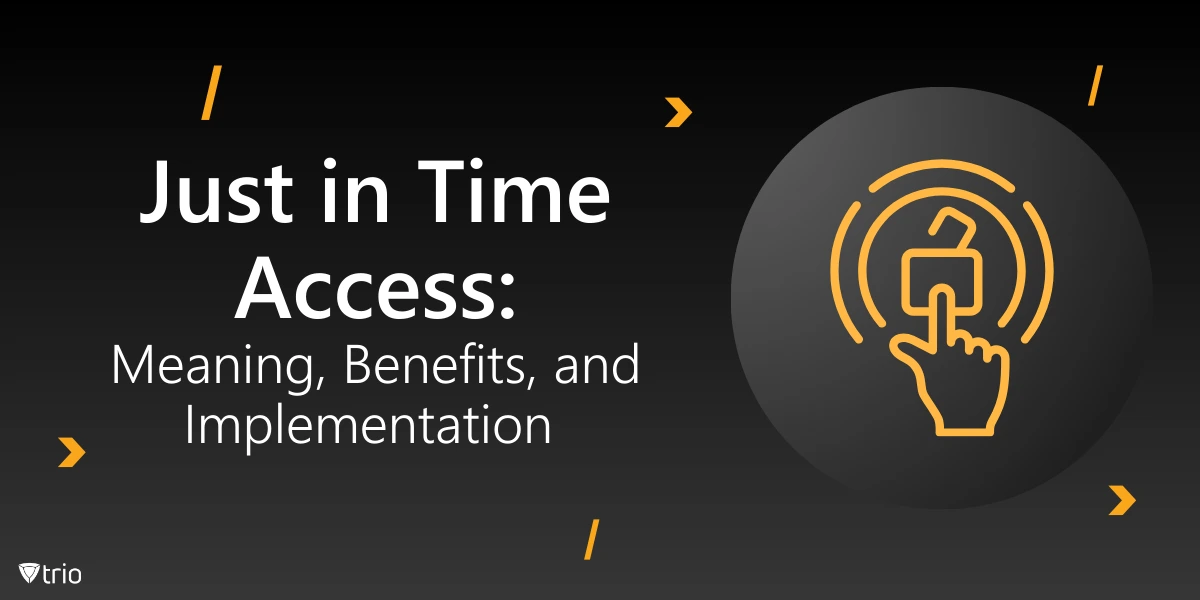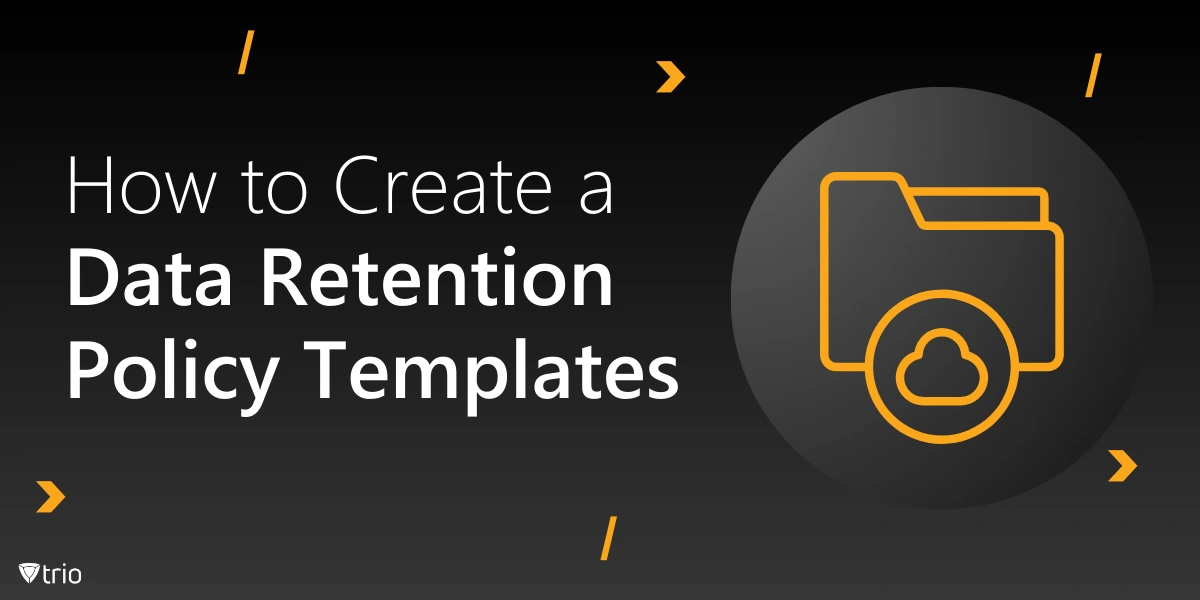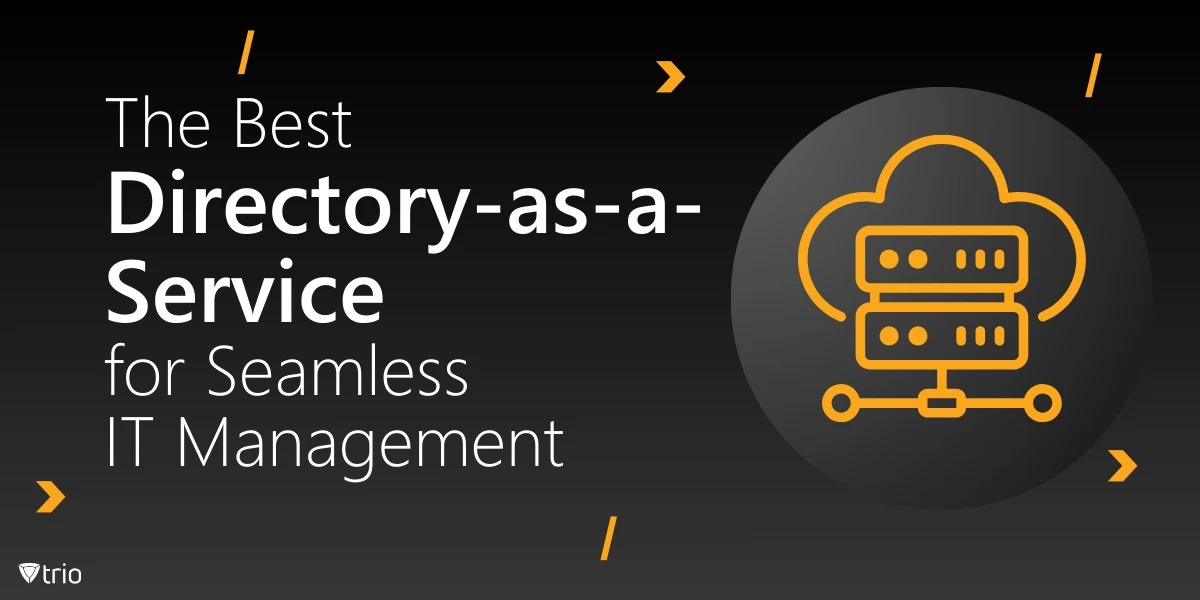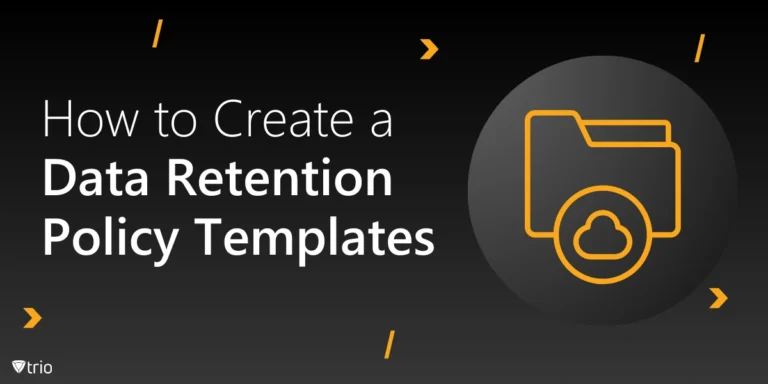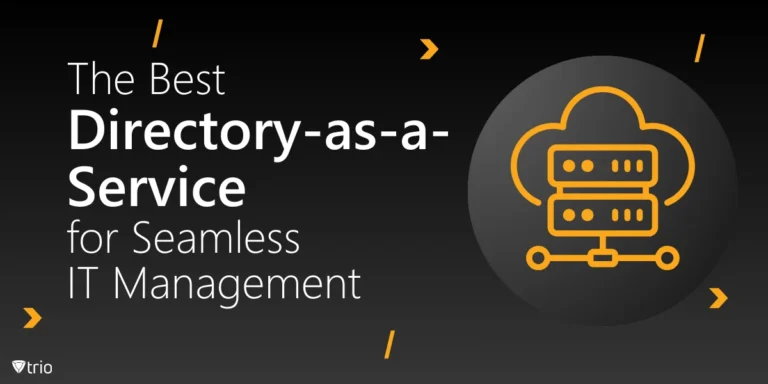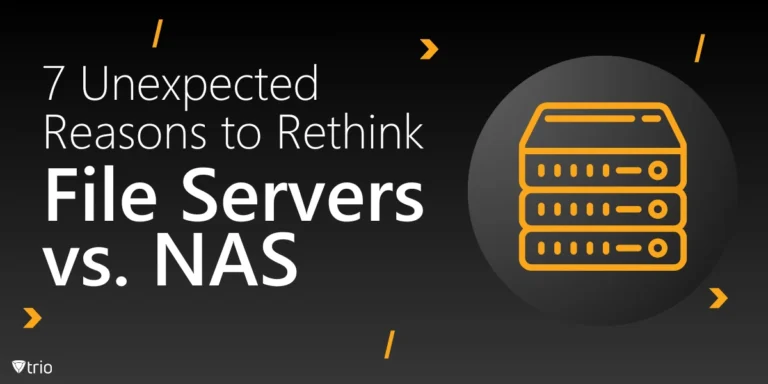With ever-evolving cyber threats, securing access to critical systems and data has become critically important. Traditional access management models, which grant users persistent privileges, often leave organizations vulnerable to potential breaches and unauthorized access. Enter Just in Time access, a revolutionary approach that aligns with the principles of Zero Trust and least privilege, providing a robust defense against cyber threats. This article delves into the intricacies of JIT access, exploring its meaning, applications, and the myriad benefits it offers to organizations seeking to fortify their security posture.
Just-in-Time Access Meaning: Understanding Just-in-Time Access
Just-in-Time (JIT) access is a privileged access management (PAM) component that orchestrates access privileges for users, applications, or systems on an as-needed basis for a predetermined period of time. Just in Time access management departs from the conventional model of granting standing privileges, which can be exploited by malicious actors. Instead, JIT access adheres to the principle of least privilege (PoLP), ensuring that users are granted only the minimal access required to complete specific tasks, thereby reducing the attack surface and minimizing the risk of unauthorized access.
The Principle of Least Privilege (PoLP)
The principle of least privilege (PoLP) is a fundamental tenet of cybersecurity that underpins the JIT access model. This principle dictates that users should be granted only the bare minimum level of access required to perform their duties, and no more. By adhering to PoLP, organizations can effectively limit the potential damage that can be caused by a compromised account or a malicious insider threat.
Types of Just-in-Time Access
While the concept of JIT access may seem straightforward, its implementation can take various forms, each tailored to specific organizational needs and security requirements. The following are the most prominent types of JIT access:
Justification-Based Access Control
Also known as “broker and remove access,” this approach requires users to provide a valid justification for requesting access to specific systems or resources for a predetermined period. Once the request is approved by a designated authority, the user is granted access to the required credentials, which are typically stored in a secure vault. This method is particularly suitable for environments with stringent compliance requirements.
Ephemeral Accounts
In this setup, no standing privileged access accounts exist. Instead, temporary privileged accounts are created on an as-needed basis and disabled or deleted after use. This approach is especially beneficial when granting access to low-level users or third-party contractors, as it mitigates the risk of lingering privileges that could be exploited by malicious actors.
Temporary Elevation
Temporary elevation, also known as “privilege elevation,” involves granting a user account additional permissions for a limited time when requested. This request typically specifies the duration required to complete a specific task. Once the allocated time expires, the additional privileges are automatically revoked, and the user’s account returns to its standard access level. This method is designed to minimize the duration during which users have elevated privileges, reducing the potential for misuse or unauthorized access.
Benefits of Just-in-Time Access
Implementing JIT access can yield numerous benefits for organizations, enhancing their overall security posture and streamlining access management processes. The following are some of the key advantages of adopting a JIT access model:
Enhancing Security Posture
By eliminating persistent privileged access and embracing a dynamic privileges model, JIT access significantly improves an organization’s security posture. This approach reduces the attack surface by limiting the duration and scope of access, making it more challenging for malicious actors to exploit vulnerabilities or gain unauthorized access.
Streamlining Access Workflows
JIT access can streamline access workflows by automating the privileged access request handling process. This automation frees up valuable time for network administrators and improves productivity levels for both the operations team and end-users. Users can be granted the necessary access more efficiently, while administrators no longer need to wait for lengthy review cycles, as privileged access requests can be approved automatically, regardless of location.
- Related Article: 10 Risks of Granting Excessive Permissions to Users
Supporting Compliance and Auditing
The implementation of JIT access can positively impact an organization’s pursuit of compliance. As JIT access aligns with the least-privilege principle, it helps organizations meet compliance requirements and stay in line with audit reports. By removing all standing privileges and replacing them with controlled privileged sessions, JIT access provides enhanced transparency regarding data security and enables the generation of detailed audit logs with granular views of all network activities.
Credential Protection and Privileged Account Management
JIT access systems offer a robust security net for credential management and protection. Once a user is granted access, the system generates credentials in a secure vault, ensuring that the user remains unaware of the actual credentials. This approach enables the rotation of used passwords, the creation or disabling of accounts, and the invalidation of compromised accounts and privileges, effectively mitigating the risks associated with stolen credentials.
Furthermore, JIT access streamlines privileged account management by eliminating the need for tasks such as password resets and recoveries. Many credential management functions can be automated, including credential rotation, deletion, and approval processes, reducing the need for manual administrative intervention and enhancing operational efficiency.

Potential Drawbacks and Considerations
While Just in Time access apps offer numerous benefits, it is essential to acknowledge and address potential drawbacks and considerations to ensure a successful implementation. The following are some of the challenges organizations may face when adopting a JIT access model:
Misconfiguration Risks
Like any cybersecurity tool, JIT access systems can be prone to misconfiguration risks. Indicating excessively long durations for access can invalidate credential rotation mechanisms, rendering the entire system ineffective. Additionally, misconfigured systems may inadvertently create pockets of stagnant credentials, which could be exploited by malicious actors. To mitigate these risks, it is crucial to establish robust automation processes for provisioning and deprovisioning access, as well as implement rigorous monitoring and auditing mechanisms.
Dependency on Service Providers
Organizations that rely on third-party JIT access solutions may become heavily dependent on the service provider. This dependency can pose risks if the provider fails to promptly address vulnerabilities or communicate critical updates to its clients, potentially leaving the organization vulnerable under the false impression of security. To mitigate this risk, it is advisable to conduct thorough due diligence and research before selecting a Just in Time network access control solution provider.
Internal Reorganization Challenges
Implementing JIT access can be one of the most challenging improvements to undertake, as user access is intrinsically linked to most work functions within an organization. The transition to a JIT access model may require the removal of existing standing access accounts, the rollout of new JIT privileged access management systems, and the retraining of employees on the new access procedures. This process can strain network administrators, necessitate infrastructure preparations, and require a significant effort to ensure seamless adoption by employees.
How Just-in-Time Access Works
The implementation of JIT access requires organizations to transition to a zero-standing-privileges approach. This transition involves clearly defining the network perimeter, documenting user privilege levels, and establishing the specific contexts in which these privileges should be granted. For most organizations, this process involves abandoning the previously used permission management model and adopting the new Just-in-Time access active directory.
A typical JIT access workflow involves the following steps:
- Access Request: Users initiate a request for access to specific work resources, servers, networks, or privileges.
- Approval Process: The access request is submitted for approval, which can be automated or manual. In an automated approval process, the system grants or denies access based on predefined security policies. Alternatively, a designated administrator can manually review and approve or deny the request.
- Access Provisioning: Upon approval, the user is granted access to the requested resource or privilege for a fixed period, allowing them to complete the required task.
- Access Revocation: Once the task is completed or the allocated time expires, the access rights are automatically revoked, and the user must initiate a new request for subsequent access requirements.
By eliminating the need to share sensitive credentials and enforcing time-sensitive access mechanisms, JIT access effectively reduces the attack surface. Even in scenarios where malicious actors manage to compromise system passwords, the time-limited nature of JIT access renders these credentials obsolete, minimizing the potential for unauthorized access.
Importance of Just-in-Time Access for Businesses
In the face of increasingly frequent and costly data breaches, businesses are actively seeking ways to better protect themselves against cyber risks. Exposing sensitive customer data can have severe consequences, including irreparable damage to a brand’s reputation, legal fees, and regulatory fines. Ensuring the security of modern enterprises is becoming increasingly challenging due to the outsourced nature of current infrastructure models, which often involve a combination of shadow IT assets, cloud services, and legacy solutions, creating potential entry points for malicious actors.
Just-in-Time (JIT) access provisioning plays a crucial role in shrinking the attack surface and reducing the risks that businesses must confront. By embracing automated access provisioning and implementing a more airtight credential handling model, organizations move closer to achieving a Zero Trust security posture. Additionally, JIT access enhances transparency within the organization, as each user access request is meticulously logged, enabling comprehensive auditing and monitoring.

Implementing Just-in-Time Access: Best Practices
To ensure a successful transition to a JIT access model, organizations should follow these best practices:
Define Access Requirements
Begin by creating a comprehensive inventory of roles within your organization. Determine which roles require access to specific resources and define the access levels needed based on the principle of least privilege (PoLP). These access levels can include:
Read-only access: Allows users to view or read data without the ability to modify it, suitable for roles that require monitoring or auditing functions.
Write access: Grants the ability to modify, add, or delete data, necessary for operational roles involved in data entry, updates, or development tasks.
Administrative access: Typically restricted to IT support roles, administrative access provides full control over systems and applications, including the ability to change configurations, manage user accounts, and install software.
Establish Control Policies
JIT solutions integrate seamlessly with supplementary solutions like attribute-based access control (ABAC) or role-based access control (RBAC) policies. These policies help outline the tasks and actions permitted for different types of users. User accounts can be differentiated according to their required access levels to perform their job roles, with each account assigned a corresponding control policy ensuring the least privileged access needed. As JIT becomes operational, each additional access request will be monitored, increasing transparency.
Prioritize Elevated Accounts
When restructuring your organization’s access management system, it is crucial to prioritize accounts with the highest privileges. This typically includes service and administrator accounts, with subsequent attention given to the remaining accounts based on their level of privilege. By addressing the most high-risk accounts first, organizations can effectively patch the most significant gaps in their cybersecurity defenses.
Secure Credentials in a Centralized Vault
Implementing a centralized vault with the highest security clearance access level is essential for managing an organization’s most critical assets. The JIT system helps rotate passwords, phasing out those that have been used, thereby enhancing overall system security. By ensuring that users remain unaware of their credentials, and preventing these credentials from falling into the hands of malicious actors, this setup facilitates auditing privileged access activities and identifying vulnerabilities within the system.
Establish a Monitoring System
A just in time privileged access management system can record all privileged activities within the vault, enabling the creation of a reliable and consistent logging system that can be leveraged for audits and operational improvements. The same mechanism can be utilized to develop an alert-based system that notifies administrators of abnormal user behavior or suspicious activities related to privileged access.
By following these best practices, organizations can ensure that access to critical resources is granted only when needed, reducing the risk of unauthorized access and potential security breaches.
Trio MDM: Enabling Secure Access Management
Trio MDM is a comprehensive mobile device management (MDM) solution that empowers organizations to streamline their access management processes while adhering to the principles of JIT access and Zero Trust. By leveraging Trio MDM, companies can effectively implement and enforce granular access controls, ensuring that users are granted access to specific resources only when required and for a predetermined period.
Trio MDM’s robust features enable organizations to define and implement customized access policies based on various criteria, such as user roles, device types, and geographic locations. These policies can be seamlessly integrated with existing identity and access management (IAM) systems, providing a unified and centralized approach to access management.
One of the key advantages of Trio MDM is its ability to automate the provisioning and deprovisioning of access rights. When a user requests access to a specific resource, Trio MDM can automatically validate the request against predefined policies and grant or deny access accordingly. Upon completion of the task or expiration of the allocated time, Trio MDM can revoke access privileges, ensuring that users do not retain unnecessary permissions.
Furthermore, Trio MDM offers comprehensive logging and auditing capabilities, enabling organizations to maintain detailed records of all access requests, approvals, and activities. This feature not only enhances transparency and accountability but also facilitates compliance with industry regulations and internal policies.
To experience the power of Trio MDM and witness how it can streamline your organization’s access management processes while adhering to the principles of JIT access, we invite you to explore our free demo. Our team is ready to guide you through the features and capabilities of Trio MDM, ensuring a seamless integration into your existing infrastructure and enabling you to unlock the full potential of secure access management.
Conclusion
Just-in-Time (JIT) access has emerged as a game-changer, offering organizations a robust defense against unauthorized access and potential breaches. By embracing the principles of Zero Trust and least privilege, JIT access provides a dynamic and flexible approach to access management, granting users only the minimal permissions required to complete specific tasks for a limited period of time.
Through the implementation of JIT access, organizations can enhance their security posture, streamline access workflows, support compliance and auditing efforts, and strengthen credential protection and privileged account management. While potential drawbacks and challenges exist, such as misconfiguration risks, dependency on service providers, and internal reorganization challenges, following best practices can mitigate these concerns and ensure a successful transition to a JIT access model.
By prioritizing the security of critical resources and embracing the principles of JIT access, businesses can effectively shrink their attack surface, reduce the risks associated with data breaches, and foster a culture of transparency and accountability within their organizations.
As the cybersecurity landscape continues to evolve, embracing innovative solutions like JIT access becomes increasingly crucial for organizations seeking to stay ahead of emerging threats and protect their valuable assets. By partnering with trusted providers like Trio MDM, your company can leverage cutting-edge technologies and expert guidance to navigate the complexities of access management and ensure a secure and resilient digital environment.
